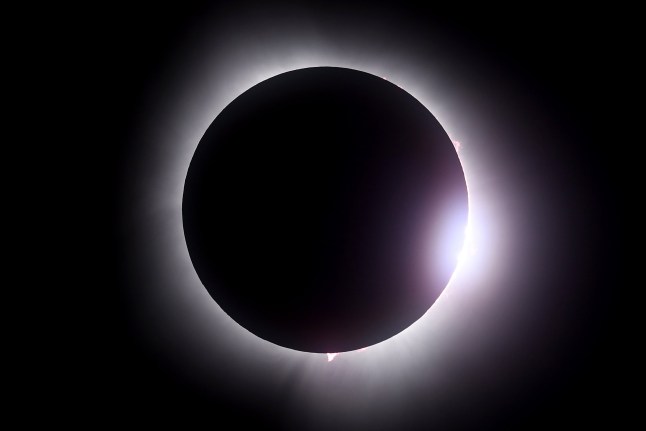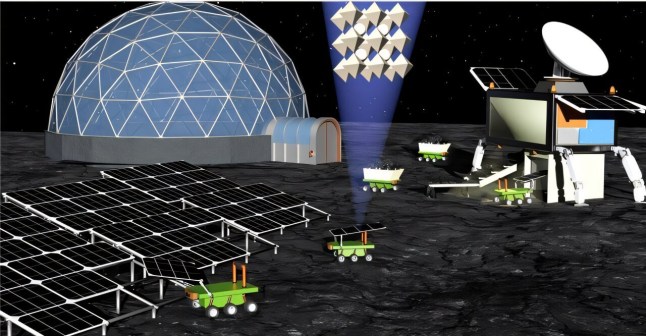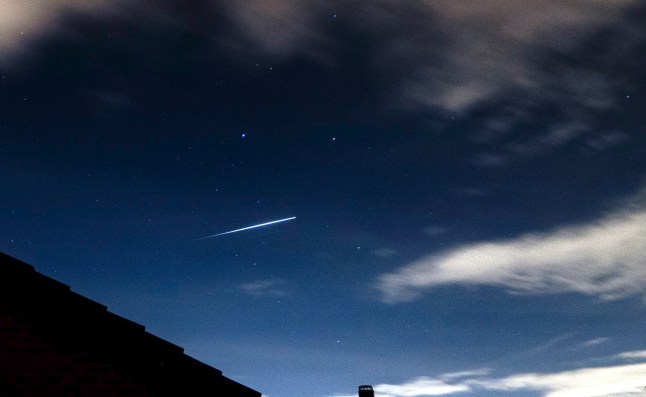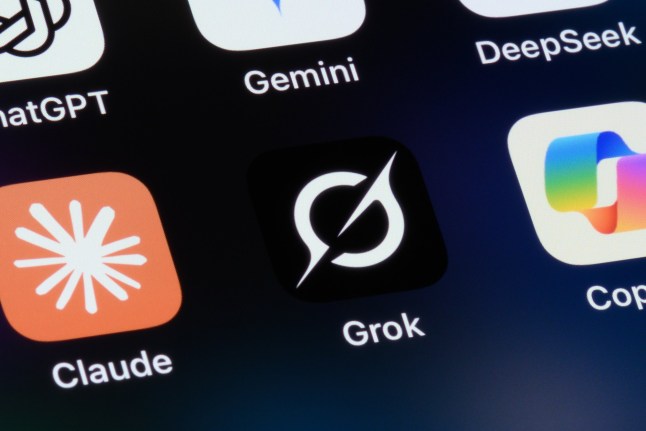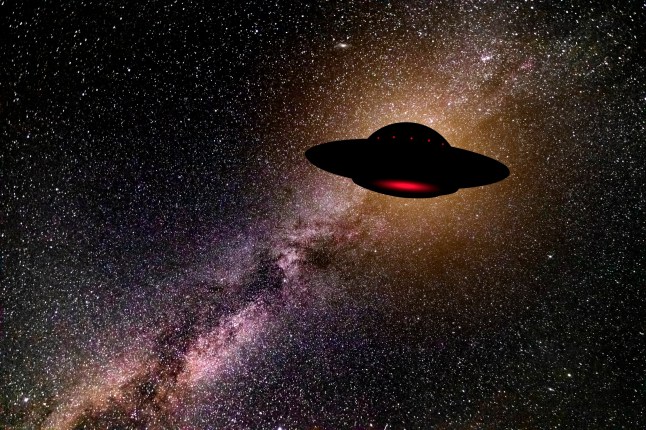
An ‘interstellar visitor’ spotted drifting into our solar system weeks ago is either a massive dirty snowball or an alien probe.
At least, this is according to a leading UFOlogist and a Harvard theoretical physicist, who believe the massive object could have been sent by an otherworldly civilisation.
The object, known as 3I/ATLAS, is flying between the orbits of the asteroid belt and Jupiter and will soon loop around the Sun.
3I/ATLAS is still slightly too far away for experts to know for sure what it is, but it’s been officially classified as a comet.
Mark Christopher Lee, a UFOlogist and film-maker, has mixed feelings about 31/ATLAS.
He told Metro: ‘The UFOlogist film-making side of me goes: We could get evidence of actual first contact by Christmas!
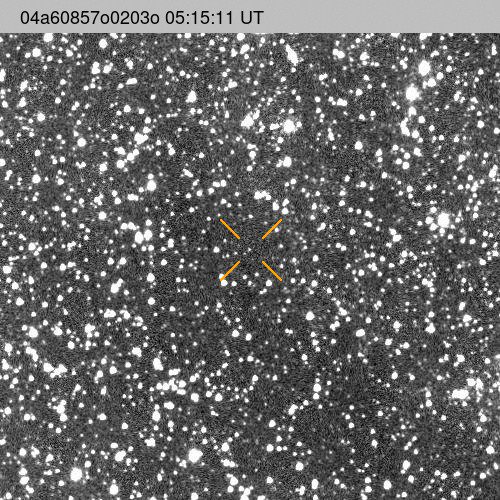
‘The interstellar object 3I/ATLAS is due to pass by Earth just before Xmas. Some have speculated that this may be intentional if it is proven to be some kind of alien probe or Mothership.’
However, the ‘scientist’ in Lee said that we need more data before speculating what the object could be.
‘These are indeed weird times in the world and throughout mankind’s history, we have always looked into the stars for meaning and guidance and in 2025, we need it more than ever,’ Lee added.
Objects from outside our star system very rarely drift into our cosmic neighbourhood, with 3I/ATLAS being the third recorded drifter.
The first was the asteroid Oumuamua, which passed close to us in 2017. Harvard astronomers similarly suspected it was an alien spaceship. In 2019, the comet Borisov then paid us a fleeting visit.
Avi Loeb, a Harvard astrophysicist, told Metro that the evidence we have so far about the object is ‘in support of the dark forest hypothesis’, the idea that hostile, silent aliens lurk in the cosmos.
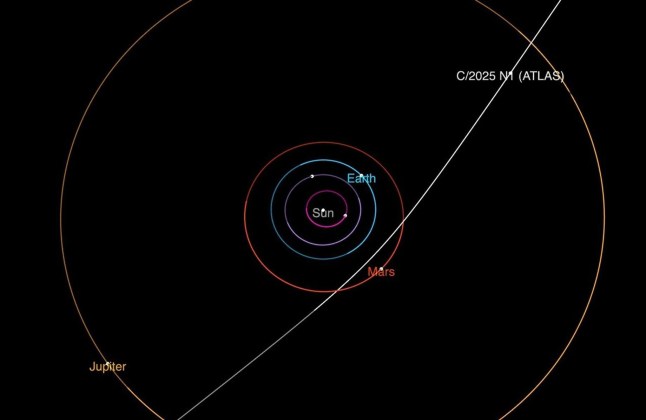
For objects so far away, scientists use their brightness to figure out how large it is. Citing his recently published paper, Loeb said 3I/ATLAS’ brightness implies it’s 12 miles wide – too large for a dull asteroid.
‘It might have targeted the inner solar system as expected from alien technology,’ Loeb said.
Loeb, who had speculated that Oumuamua was an alien artefact, said the retrograde orbital plane is within five degrees of Earth. ‘The likelihood for that coincidence out of all random orientations is 0.2%,’ Loeb said.
A retrograde orbit means a celestial body, such as a moon or a planet, zooms around its host in the opposite direction to the host’s rotation.
Current estimates say that 3I/ATLAS will be closest to the Sun in late October before zooming off back into the abyss of space.
‘This could be intentional to avoid detailed observations from Earth-based telescopes when the object is brightest or when gadgets are sent to Earth from that hidden vantage point,’ Loeb said.
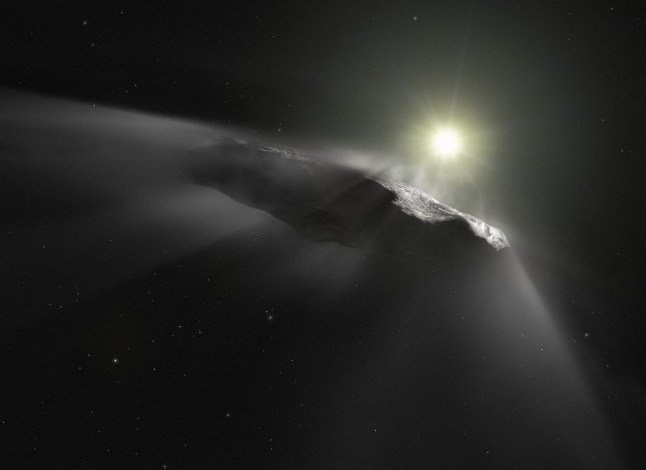
He added: ‘The near alignment of the retrograde trajectory of 3I/ATLAS with the ecliptic plane offers various benefits to an extraterrestrial intelligence, since it allows a spacecraft to access Earth with relative impunity.
‘The eclipse of 3I/ATLAS by the Sun at perihelion for observers at Earth, would allow a spacecraft to conduct a clandestine reverse Solar Oberth manoeuvre, an optimal high-thrust strategy for interstellar spacecraft to brake and stay bound to the Sun.’
While admitting that his view is ‘fun to explore’, regardless of how likely it is, Loeb said: ‘The consequences, should the hypothesis turn out to be correct, could potentially be dire for humanity, and would possibly require defensive measures to be undertaken (though these might prove futile).’
31/ATLAS was first spotted by a Nasa-funded telescope in Chile on July 1, with the Minor Planet Center later receiving some 100 sightings.
Experts told Metro that the 7-billion-year-old ‘interstellar interloper’ likely came from the outskirts of the Milky Way.
Current estimates say that the object will glide by Earth on October 29. If Loeb’s idea is true, ‘the stock market might crash if fears from an alien invasion will skyrocket’.
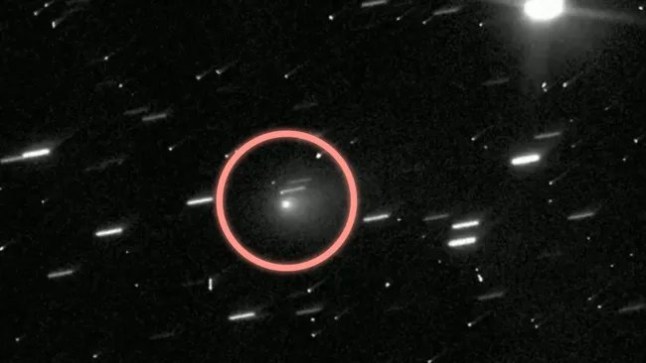
‘The uncertainty about encountering an invader with a technological advantage would resemble the experience of the Iranian air defence system when the American B-2 bombers arrived at its nuclear sites,’ he said.
Nike Pope, who worked at the Ministry of Defence’s UFO hotline in the 1990s, said he’s ‘intrigued by the possibilities’ of 3I/ATLAS.
‘I love these low probability/high impact scenarios, because even if there’s only a slight chance of this being an alien probe, the consequences if this turned out to be true would be world-changing,’ Pope told Metro.
‘An alien probe might well be programmed to look for life, so it could activate when it gets close, and make a really close pass. That’s why we should watch for any changes in the object’s speed or trajectory that can’t be explained by natural processes.’
The Hubble Space Telescope caught its first glimpse of 3I/ATLAS on Monday, showing the comet’s wispy tail, called a coma.
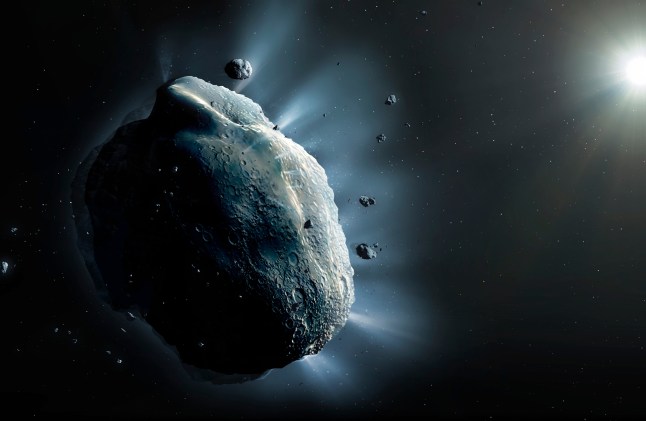
But the comet was unknowingly photographed by Chilean Vera Rubin Observatory in late June, according to a new paper on arXiv.
The analysis, which has not been peer-reviewed, also concluded that the object is a comet.
‘Comet 3I/ATLAS is estimated to have a nucleus of roughly 3.5 miles,’ it said, referring to a comet’s solid core of ices and dust.
Pope, however, hopes that Loeb’s theory is properly investigated, ‘because discovering verifiable proof of an extraterrestrial civilisation would give us a definitive answer to one of the biggest and most profound questions humans have ever asked’.
‘Are we alone or not?’
Get in touch with our news team by emailing us at webnews@metro.co.uk.
For more stories like this, check our news page.
